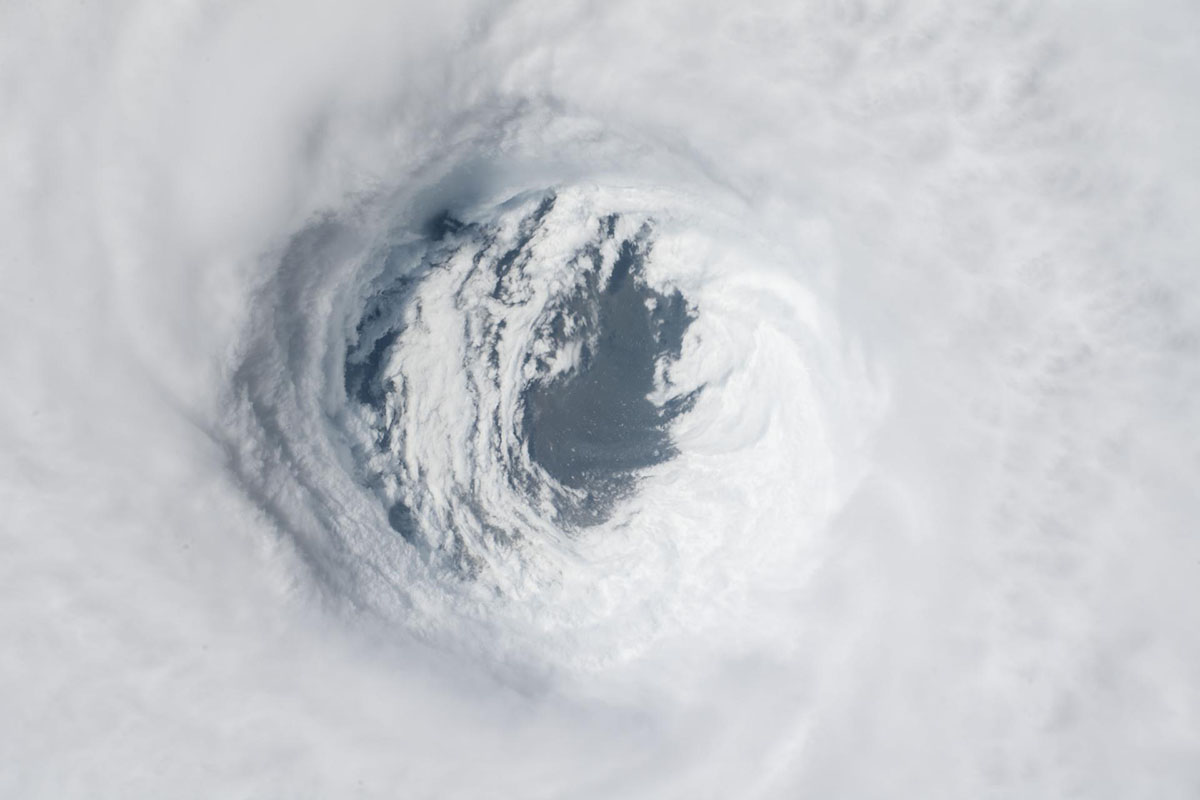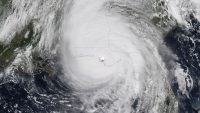Hurricane Michael was captured from the International Space Station on Oct. 10, 2018, after the storm made landfall as a Category 4 hurricane over the Florida Panhandle. The National Hurricane Center reported maximum sustained winds near 145 mph (233 kph) with the potential to bring dangerous storm surge and heavy rains to the Florida Panhandle. (NASA)
Home Hurricane Michael was captured from the International Space Station on Oct. 10, 2018, after the storm made landfall as a Category 4 hurricane over the Florida Panhandle. The National Hurricane Center reported maximum sustained winds near 145 mph (233 kph) with the potential to bring dangerous storm surge and heavy rains to the Florida Panhandle. (NASA) Hurricane Michael was captured from the International Space Station on Oct. 10, 2018, after the storm made landfall as a Category 4 hurricane over the Florida Panhandle. The National Hurricane Center reported maximum sustained winds near 145 mph (233 kph) with the potential to bring dangerous storm surge and heavy rains to the Florida Panhandle. (NASA)
Hurricane Michael was captured from the International Space Station on Oct. 10, 2018, after the storm made landfall as a Category 4 hurricane over the Florida Panhandle. The National Hurricane Center reported maximum sustained winds near 145 mph (233 kph) with the potential to bring dangerous storm surge and heavy rains to the Florida Panhandle. (NASA)



